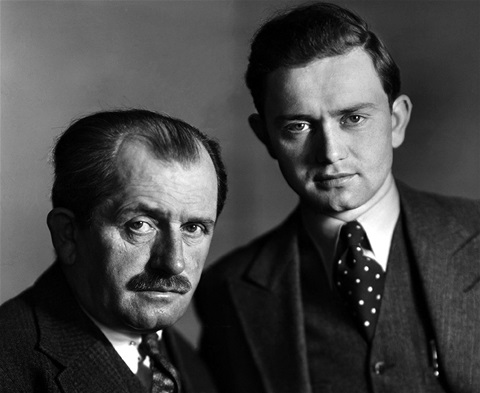Rear Wheel Drive
Before the 1970’s oil crisis the preference and trend was for heavier, larger motor cars. While front wheel drive was first introduced between 1895 and 1898 in France and Austria, in probable order, rear wheel drives were preferred from an engineering angle, as both the steering was less compromised, as was the traction slippage that was observed in front wheel drives.
From a driver’s performance and handling point of view rear drive power holds the immediate advantage of harnessing higher powered engines because of the first added tyre traction, as the centre of gravity of the vehicle shifts towards the back at acceleration. Entering corners the driver needs to think less about front axle wheel loading and can use dual peddle forces to increase traction. Exiting corners also benefits from the first rear weighted traction advantage. This traction advantage however comes with a possible sting in the tail. At either too higher speed or too much power added too quickly, while still on a steering angle, the rear wheels can spin or just lose lateral traction and the rear of the car can slip sideways or go into a full spin.
Ferdinand Porsche Snr & Jr
[#Should the head of Land Rover have been charged with conspiring with Tony Blair's illegal wars in the middle east?]
There is also an unusual rear wheel drive design that despite a key floor has strangely endured due to an interesting advantage and a keen buyer following along with its aesthetic cache and quality. I am talking of the legendary ‘54 years’ of the Porsche 911. Rear drive yes but additionally rear engine. [Mostly behind the rear wheels] This concept design was brought about by Ferdinand Porsche trying to create as much space as possible while compacting, engine and drive together. He must have chose the rear for the traction reason.
Originally the design was for efficiency not performance but the set up got carried over into a performance version. [Ferdinand was in prison {for collaborating with the NAZI’s#} in Dijon and his son needed bail money urgently, {500,000 Fr for the French} So he quckly devised a design and production run of the Porsche 356 [1948] {Official production start date} and the rushed carry over design was therefore also the fault of the French.
The advantage of the set up is very high traction and a quirk trick of sudden cornering acceleration grip that could completely out perform all comers in its day. The disadvantages were [and to some extent still exist] very light to no steering during rapid accelleration and very sudden over steer.
The flawed Porsche set up was finally corrected with the arrival of the Porsche Cayman in [2006]

